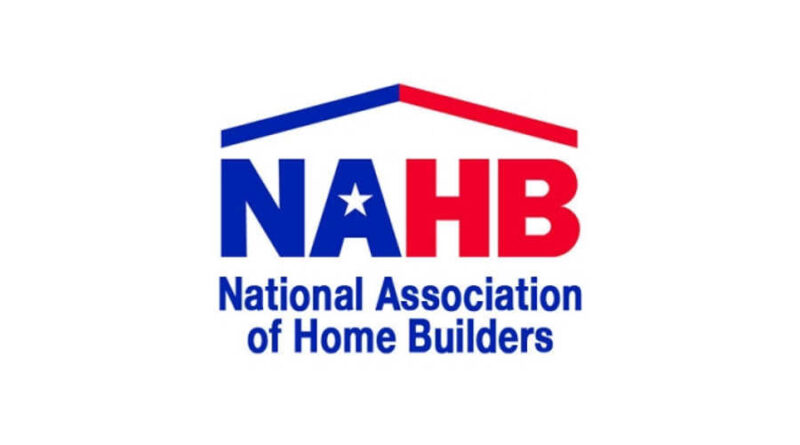The 2024 Energy Code Features More Flexibility for Builders
On August 14, the International Code Council (ICC) released the 2024 International Energy Conservation Code (IECC). This model code establishes minimum energy efficiency standards for both residential and commercial buildings. It is the most widely adopted energy code in the United States and is officially recognized as the national model energy code for low-rise residential structures under federal law.
According to the NAHB, ICC publishes a new edition every three years for states and municipalities to adopt, amend and enforce in their jurisdictions. The residential provisions of the IECC also provide the basis for International Residential Code (IRC) Chapter 11 Energy Efficiency. Read-only versions of the 2024 IECC and the 2024 IRC Chapter 11 are available online for free, and full access versions are available for ICC Digital Codes subscribers. PDF downloads and physical codebooks will be available soon in the ICC online store.
The publication of the 2024 IECC completes a three-year code development cycle unlike any other before it.
In March 2021, the ICC Board of Directors voted to develop the 2024 IECC through a standards development process separate from the governmental consensus process it uses to develop most of the other I-Codes, including the International Building Code and International Residential Code.
Several NAHB members and staff actively participated on the committees and subcommittees tasked with developing the 2024 IECC — devoting significant time and effort to ensure the code includes solutions that:
Prioritize cost-effectiveness and consumer benefits
Maximize design choices for builders
Can be practically implemented in the field
The U.S. Department of Energy will issue a determination in the next 12 months (or sooner) estimating the energy savings of the 2024 edition compared to the previous edition, the 2021 IECC. The residential provisions — covering one- and two-family homes and multifamily dwellings up to three stories — are expected to be about 7% more efficient. The commercial provisions — covering buildings four stories and higher — are expected to be about 10% more efficient.

